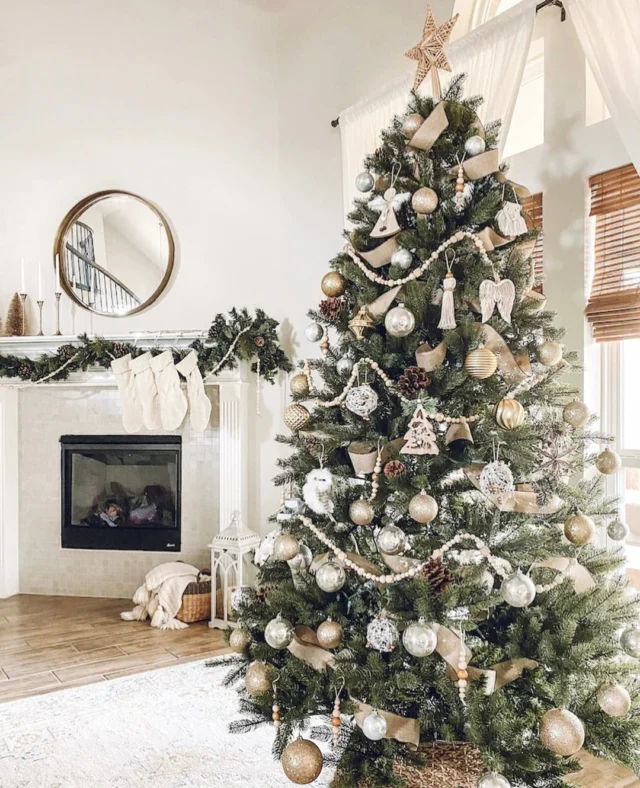An Easy Way to Make Flowers & Greenery Part Of Your Home
If you live in a cottage or condo, you might not have the space – or inclination – to plant a garden. But you can still enjoy some flowers – or herbs for the kitchen – by planting window boxes, even if you’re just here for the summer. A garden shed, too, can be charming with a window box full of flowers. Window boxes are easy to install, simple to plant and fun to care for. They don’t need hours of digging, bending and weeding to maintain. Window boxes make flowers and greenery a part of your home, and even if you’ve never gardened before, planting a window box is an easy way to start. It can be a fun project to do with kids, too.
Be aware of how much sun and shade your windows receive during the day, and how exposed they are to the wind. For a breezy location concentrate on low plants with sturdy stems, and make sure the boxes are securely mounted on strong brackets. If your window boxes will be in shade part of the day, you’ll have the most success with shade tolerant plants like impatiens, wax begonias, fuchsias, coleus, or hostas (if your property is fenced for deer).
When designing the planting, consider the heights and shapes of the plants. A row of plants all the same height looks boring and unnatural. Use plants of varying heights to give your window boxes a more naturalistic look. Place taller plants in the back of the box, shorter plants in the middle ground and low edging and trailing plants in the front. Letting the trailers spill over the front of the box enhances the charm factor. Stagger the plants instead of lining them up in rows, placing some a bit farther back and others slightly forward for a more natural look.
A romantic, overflowing design with colorful plants that arch gracefully or cascade and tumble can look just right on a cottage or garden shed. The colors can be soft pastels or bold and bright, in combinations that are soft or bold. If the window box is in bright sun, clear, strong hues look best – pastels may look washed out. On the other hand, pastels and white are ideal for enlivening the shade.
Special effects are also possible in window boxes. For a tropical look use a bold-leaved houseplant – Chinese evergreen, dracaena, dieffenbachia or Hawaiian ti plant. Vines like philodendron or pothos can trail over the edge. You might want a miniature rose garden in a sunny box, or a woodsy planting of ferns, primroses and violets in the shade.
If herbs are your passion, consider anise, dill, fennel or sweet basil for the back of a large box, with chives, oregano, Italian parsley and marjoram in the middle ground, and curly parsley or thyme for the front. Salad greens also grow happily in a window box, too. Try baby head lettuces such as Tom Thumb, leaf lettuces, arugula, sorrel or cress. You can also plant radishes, round-rooted carrots, and little beets in your window box farm.
The universe of flowers for window boxes is surprisingly large, including annuals, perennials and even smaller bulbs. Small perennials such as evergreen candytuft and basket of gold will perform ably in a window box. But for lavish bloom over a longer time, annuals are the way to go. One of my favorite combinations is blue Salvia in the rear, silvery dusty miller and verbena in rose, pink and lavender in the center, and variegated vinca spilling over the front and sides. If you’re looking for a change from the ever-popular geraniums, petunias, impatiens and marigolds for summer, consider blue and purple-flowered ageratum, browallia, brachycome, felicia or nierembergia, or purples and reds of fuchsia, salvias and nicotiana. Sunny yellows and oranges are found in nasturtiums, coreopsis, celosia, and arctotis. Red and pink possibilities include dwarf snapdragons, verbena, China aster, phlox, gomphrena, portulaca and zinnia.
The best soil for window boxes is the same light, porous but well-drained but water-retentive medium useful for pots and other types of containers. It’s important to include some organic matter to aid moisture retention. A good soil mix for window boxes is one part soil, one part crumbled compost or peat moss and one part vermiculite or perlite. Watering is critical – small containers dry out quickly, especially in hot, windy weather. Window boxes may need watering daily or even twice a day in summer. How to tell when they need watering? Poke a finger into the soil – if it’s dry it feels dry an inch below the surface, it’s probably time to water. Fertilize every few weeks with an all-purpose liquid fertilizer. To keep the plants blooming and looking their best, pick off old flowers and dead leaves regularly. Then enjoy the charm of your window boxes!











![Ring in the New Year at @calissahamptons, where the Hamptons meets unparalleled celebration 🥂 Indulge in Mediterranean elegance, sip bubbly under the twinkle of chandeliers, and toast to 2025 with effortless style. This is the NYE party you won’t want to miss! [link in bio]](https://hamptonsrealestateshowcase.com/wp-content/uploads/sb-instagram-feed-images/471814094_670589388645280_7484117556192154580_nfull.webp)
![Start the new year in paradise! Turks & Caicos is calling, with its soft white sandy beaches, crystal-clear waters, and vibrant marine life. Stay at the luxurious @bluehaventci, an all-inclusive escape featuring spacious suites, three bars, two restaurants, a spa, and access to snorkel gear, kayaks, and paddleboards. [link in bio]](https://hamptonsrealestateshowcase.com/wp-content/uploads/sb-instagram-feed-images/470951710_945855790801898_1170969032322633874_nfull.webp)
![Fall in love with this spectacular designer dream estate, located on one of Remsenburg’s most prestigious streets with lush landscaping allowing for total privacy and a truly special environment. The 8 bed, 8.5 bath main house was recently restored and renovated to a complete state of opulence and grandeur. Represented by @theenzomorabito of @douglaselliman. [link in bio]](https://hamptonsrealestateshowcase.com/wp-content/uploads/sb-instagram-feed-images/471561144_18482666065030135_3716202242039298473_nfull.webp)


![@townandcountryrealestate with multiple locations across the East End, has announced their strategic partnership with @williamraveis, the number one privately held real estate company in the Northeast, Florida, and South Carolina! The Town & Country offices will be joining forces with William Raveis’ growing network of over 140 offices, and 4,500 agents from Maine to Florida. Likewise, William Raveis, gains a foothold within the greater Hamptons, North Fork, and Montauk luxury marketplace. [link in bio]](https://hamptonsrealestateshowcase.com/wp-content/uploads/sb-instagram-feed-images/470919116_563973243070444_7493774474958722930_nfull.webp)
![This year, consider a perishable — but highly irreplaceable — holiday gift for the cook in your life! At @redhorse.market, in East Hampton, mozzarella is made fresh daily. The market also sells pastas, sauces, and pizza dough, and has their own top-tier butcher. [link in bio]](https://hamptonsrealestateshowcase.com/wp-content/uploads/sb-instagram-feed-images/471327512_930524115350282_2697959535619497748_nfull.webp)

